Semren+Mansson: Swedish Design under Russian Standards

Semren + Mansson is one of the five top architectural companies in Sweden. The company was founded in 1969, and not so long ago, it has opened offices in Moscow and St. Petersburg. What is the Scandinavian design under Russian standards? We discussed it with the heads of the Stockholm, St. Petersburg and Moscow offices: Maria Broman, Andrey Petrov and Konstantin Sokolov.
The Swedish design we all heard about thanks to IKEA, is a synonym of high quality at a relatively affordable price. As Swedish architects say, in the economy class one has to try even harder, to think about people, and to avoid being boring.
Semren + Mansson’s design process goes from the general to the specific. The concept of each project is first born in Sweden. A special group of architects adapt it for the Russian standards and make a shortlist of input data and restrictions. When an optimal solution is found, the designers go into detail. BIM helps with the task. As the architects say, «we work in 3D from the very beginning, it is one file located in Sweden, we have remote access, and we see everything that is born there.»
.jpg)
.jpg)
Residential complex at Aptekarskiy Avenue
Archcouncil: Is the design process for Sweden and Russia very different?
Maria Broman: It is difficult to compare our system with the Russian one; although the final product is the drawings, the regulating documents are similar. It all starts with the concept, then comes the engineering concept — it is still like a sketch but then we develop a more sophisticated concept in collaboration with engineers and designers. Then we start designing preceded by an expert evaluation. In Sweden, designers do it themselves because they are personally responsible for all the regulations and rules, so, it’s an easy step.
Konstantin Sokolov: The point is that the designer in Sweden is responsible for what he does, that is, it’s a matter of corporate responsibility.
Archcouncil: Do you have regulations on insolation?
Maria Broman: No, we just make apartments that sell. No one will buy them without the sun. But, of course, we have legislation, although not as detailed. A lot of attention is given to accessibility for the disabled, safety, and fire regulations. However, the market, in general, regulates everything: why build bad apartments, if no one will buy them...
.jpg)
Archcouncil: Well, here they buy them.
Konstantin Sokolov: In Sweden, a lot depends on the professionalism of the designer. In Russia, there is this monitoring tool on the part of the State; someone has to be in control and impose strict restrictions, there these restrictions are a result of a serious competition between design companies, they are trying to provide the best product, and the market regulates it in the best way.
You do not need to force a designer to do something well, it’s a matter of his reputation, the reputation is the guarantee
Maria Broman: In Russia, being limited by all sorts of regulations, naturally, affects the architect.
Konstantin Sokolov: Russian developers do not use the full potential of architects. They are trying to stick them into the rigid framework instead of cooperating with them and trying to get the best quality. Our feeling is that if our potential were used 100 percent, it would be very noticeable on the quality of the product. In our concept, for example, there is always an economic aspect of the project, we never draw doll houses and cloud castles.
.jpg)
Maria Broman: It is important to understand the terms and the budget of the project, of course. We always think about people, this is the most important thing: working with scale, with apartment layouts, entrance groups, and landscape design, which makes the space comfortable and safe.
Konstantin Sokolov: The requirements for the architectural and urban planning solutions are reasonably formulated, they are illustrative and we meet them without a problem. It’s a little strange when you have to force people to do it. Although, practice shows that often the developer’s logic is not built on what people want to buy, but what ideology he is trying to sell to them. People are similar everywhere: they like it when it is spacious, comfortable, cozy; instead when the layouts are old, when you can’t redesign, when the access ways are uncomfortable, and the common areas are too small, it is clear that nobody likes it.
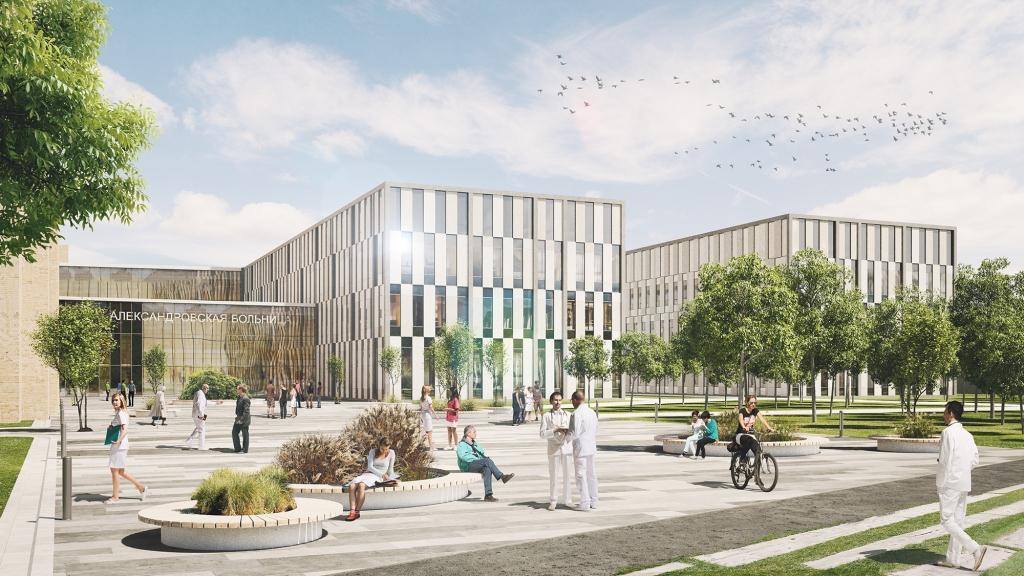
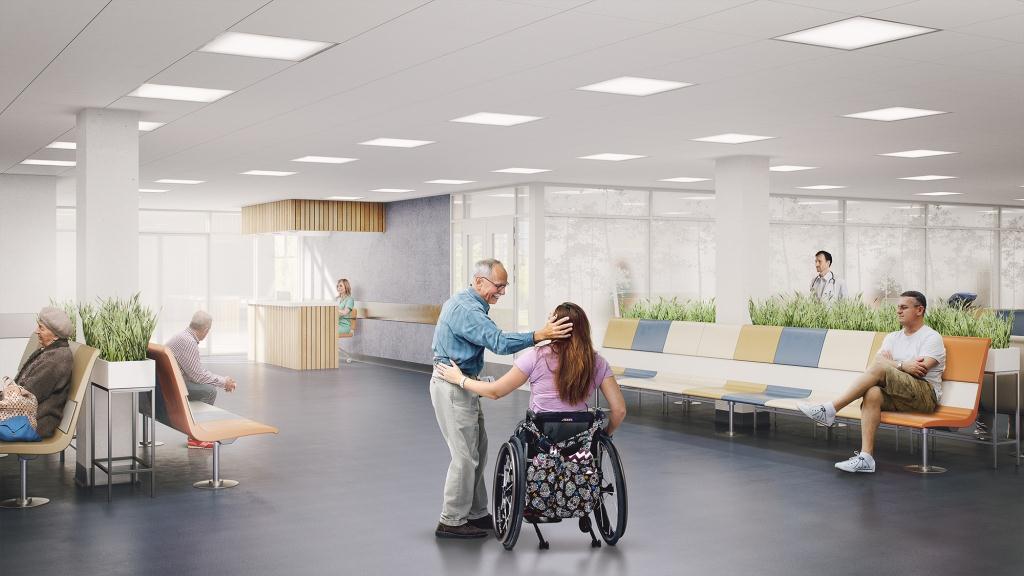
Alexandrovsky Hospital in St. Petersburg
Archcouncil: But in the projects of kindergartens, the regulations are even more rigid, how can an innovative approach be linked to this?
Maria Broman: Regarding the regulations it’s yes and no, because in Sweden the average area per child is 8-10 sq.m, and in Russia it is 30, i.e. three times bigger. And Swedish kindergartens are still great!
In the project of a kindergarten for a residential block in St. Petersburg, we, for example, fought for compactness. As a Swede, I’m against specially designated areas that are only used for two hours a day. You have children sleeping in a separate room, instead, in Sweden they sleep and play in the same room. These are the solutions, because we are very strict with the efficiency of space.
The general approach to the design of social objects in Sweden is to optimize the functions, not to disperse them around the space, and this is exactly what makes these items less expensive in construction
Konstantin Sokolov: Often, social facilities for developers are a pain rather than a resource. Some now began to consider them a marketing advantage, and began to work with them more seriously. In fact, these facilities are pretty complex and imply higher responsibility, and here the skill of the designer allows you to significantly reduce construction costs.

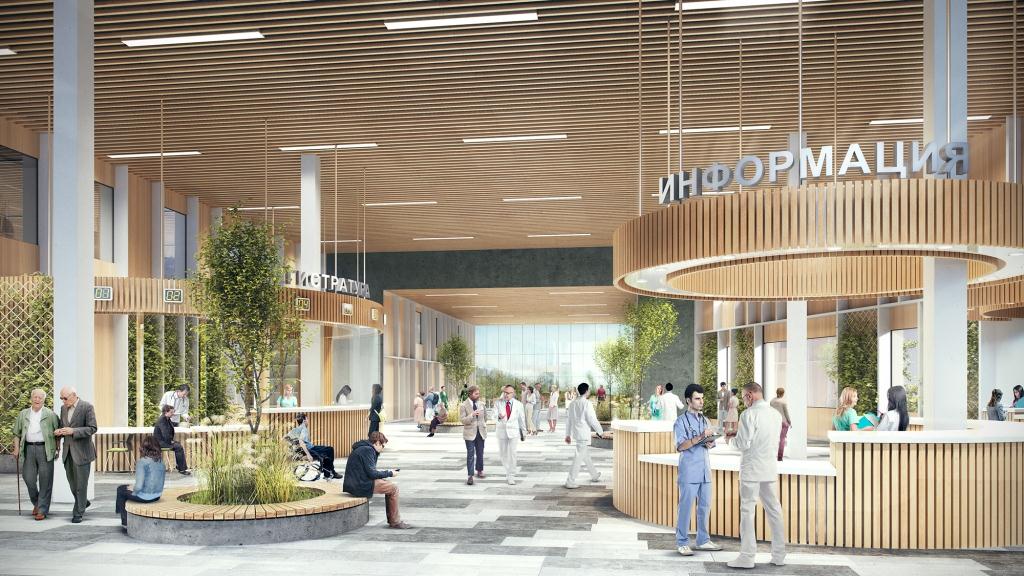
Krasnoyarsk Regional Hospital
Archcouncil: You design a number of medical facilities in Russia, tell us about them.
Maria Broman: We now have three large facilities in Russia in the detailed design stage: these are the regional hospital in Krasnoyarsk — 200 thousand square meters, as far as I know — the largest medical project in Russia at the moment. In St. Petersburg, we are now completing the design work for a hospice: a small facility, five thousand square meters, but very interesting in terms of typology, it’s a pilot project for the city. And the Alexandrovsky hospital in the same place, in St. Petersburg, we are designing a new building of thirty thousand square meters. Medical facilities have the same priorities as kindergartens. It’s is efficiency, compactness, and functionality. We have a different approach to this.
Konstantin Sokolov: In Russia, medical facilities are often just the medical function covered by architecture. Architecture in them is generally a superficial thing, it’s boxes that cover the function often conditioned by some technological principle. For us, there are always two aspects here: the first is the optimization of the function inside, where the medical staff, as it turned out, can walk about 18 km a day along these long corridors. Instead, you can, for example, vertically integrate the functions and find a technological solution.
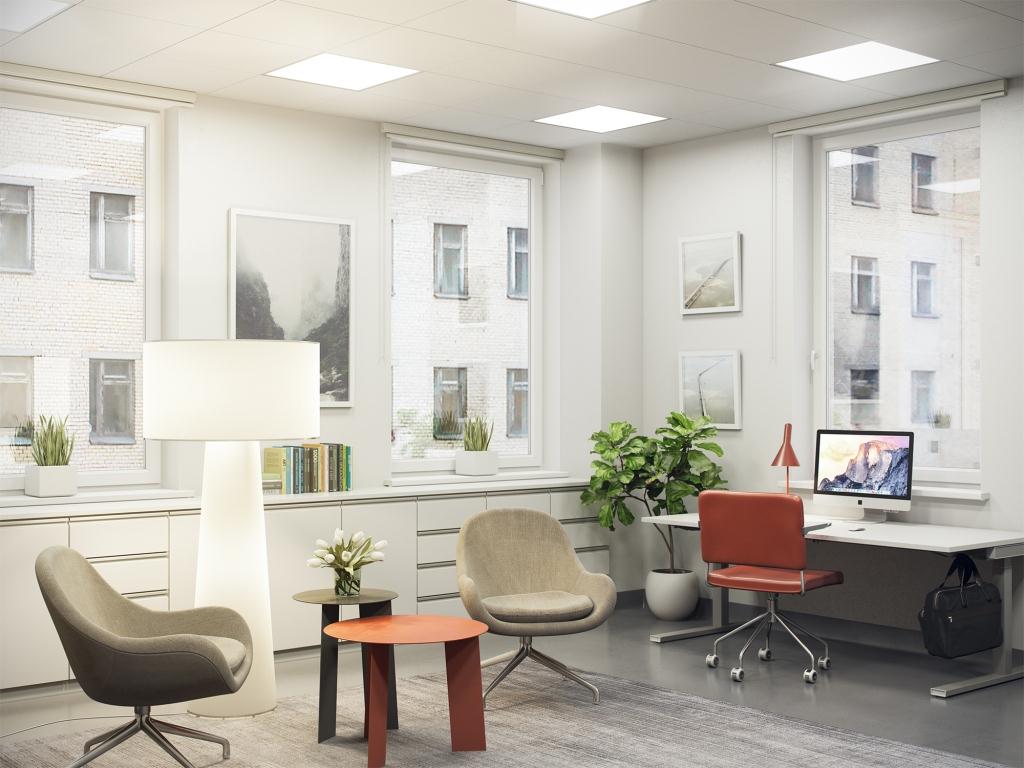
Alexandrovsky Hospital in St. Petersburg
The second — in terms of constructive solutions for these buildings, it is very complex and expensive. In this sense, designing them effectively without BIM is almost impossible. And the third — due to the optimization of the function location — when we think about people, the psychology of traffic, and logistics — we manage to create public spaces to reduce stress, even with an optimal use of areas. So, these institutions become more comfortable both visually and tangibly, they have a good functional content, while the construction costs are being significantly reduced.
Archcouncil: How do you solve the energy efficiency problem in your projects?
Our experts in Sweden always say that in fact, every square meter that is not built gives the highest energy efficiency to the project
Konstantin Sokolov: Yes, energy efficiency is an unused kilowatt per hour, and, you know, there are significant differences compared to Russia. In Sweden, we adopted the so-called energy directive, according to which the buildings are classified according to a certain scale. There are 7 types of buildings there, each of which corresponds to an energy consumption indicator in kWh per square meter per year. During design, these requirements must be observed. Moreover, when construction is completed, for a certain time it needs to be monitored and approved.
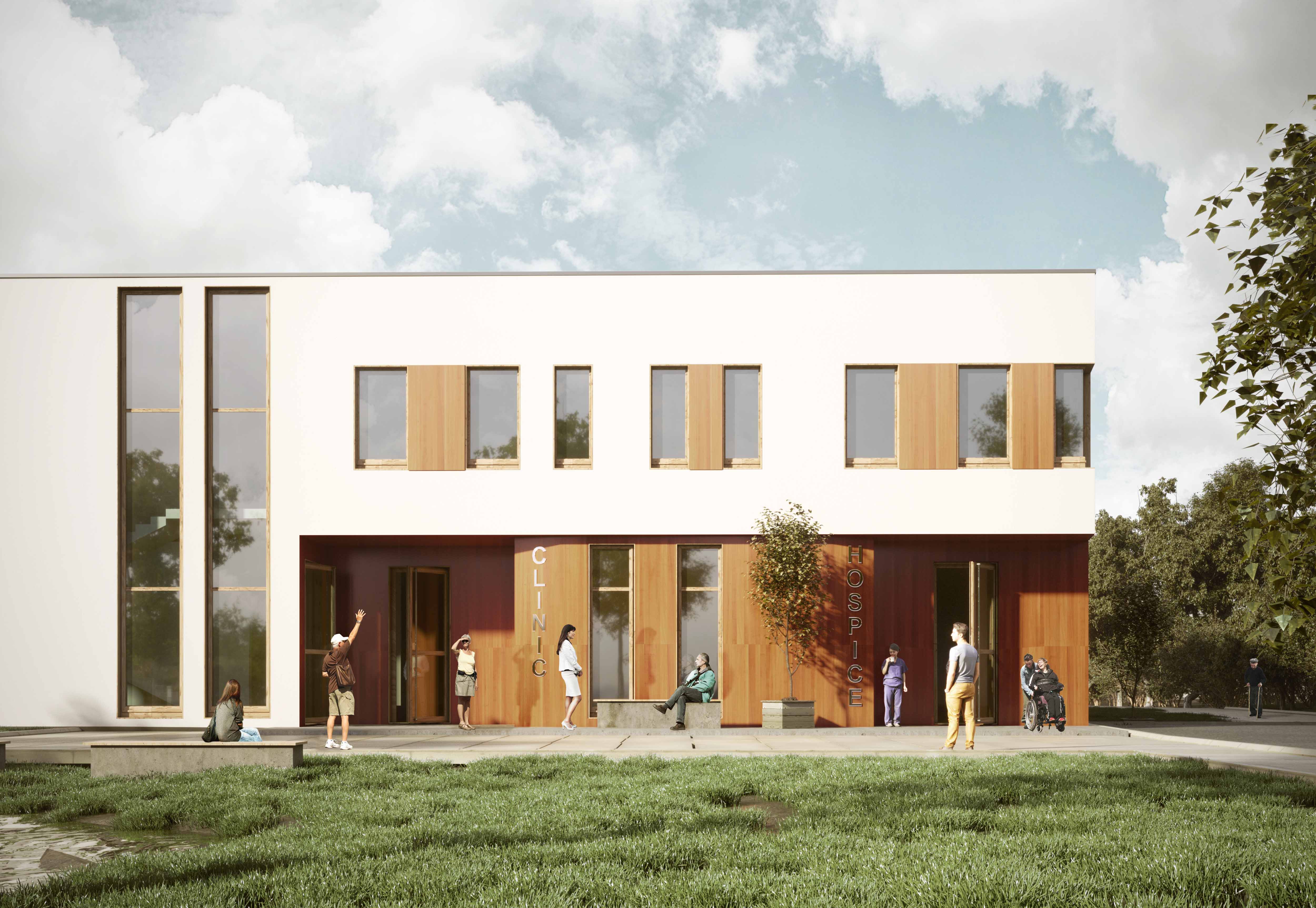
Hospice in St. Petersburg
Maria Broman: Even lower: it used to be 110, now it’s around 95...
For residential buildings in Sweden, the energy efficiency indicator is today lower than 100 kWh per square meter, while in Russia the average is 400-500 kWh
Konstantin Sokolov: There, the restriction takes place every year by 10 percent, i.е. what is being designed today will be built in a year and a half and approximately in 5-6 years it can enter the market, so, now when designing the designers take into account the standards of about forty percent lower. I know that today the projects have an average power consumption of 55 kWh, because the market forecast for the standards in the five-year perspective will be just that. And if done differently, then it will be very expensive to adapt this building to these standards. And you will not sell it simply or it will be expensive to use it.
Maria Broman: Of course, in this sense there is a huge potential for Russia...


Hospice in St. Petersburg
Konstantin Sokolov: In all our projects, there is always a section on the concept stage called the engineering concept. The experts are engaged in assessment of the possibilities in a complex to reduce energy costs, from the amount of infrared heat that enters the building from the outside, to the thermal conductivity of the walls. A climate model of the building is always made. The regulations push the market. As far as I know, there is no such integrated approach in Russia yet.
Maria Broman: And your buildings are much warmer inside! What is very different from Russia is fire regulations, since we use a lot of wood: structures, façade material, and even multi-storey buildings are made of wood.
Archcouncil: Is it more expensive?
Maria Broman: No, on the contrary!
Konstantin Sokolov: It is an entirely different approach in general, in Sweden, in 2002, high-rise wood structures were permitted, the business and authority interaction there is much shorter. As far as I know, the restrictions on the construction of wooden buildings were introduced in the late 19th century after some major fires, and this standard held us back for a long time. Then an analysis showed that there was no such problem for a long time. Wood has many parameters even higher than those of concrete, including fire resistance.
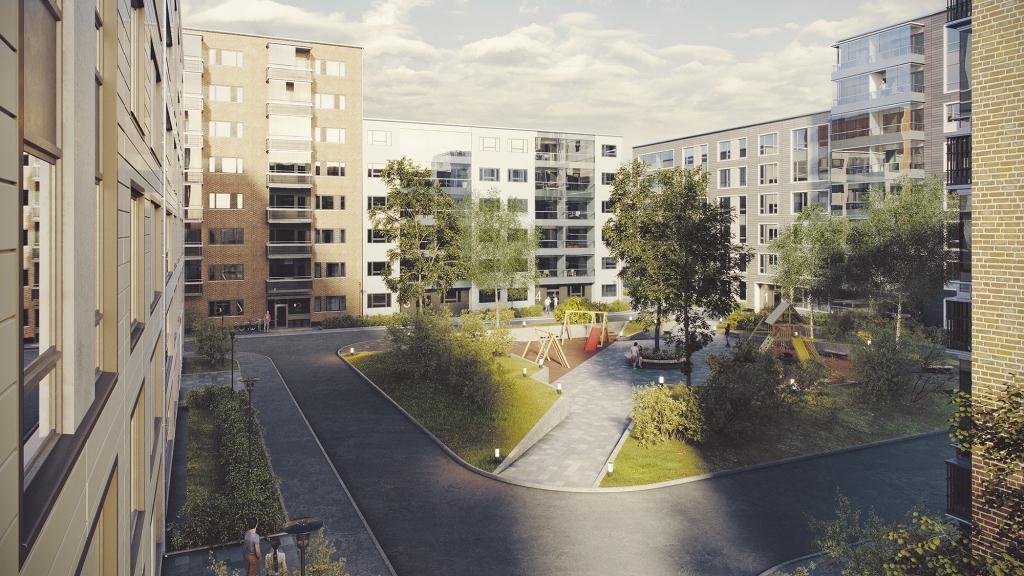
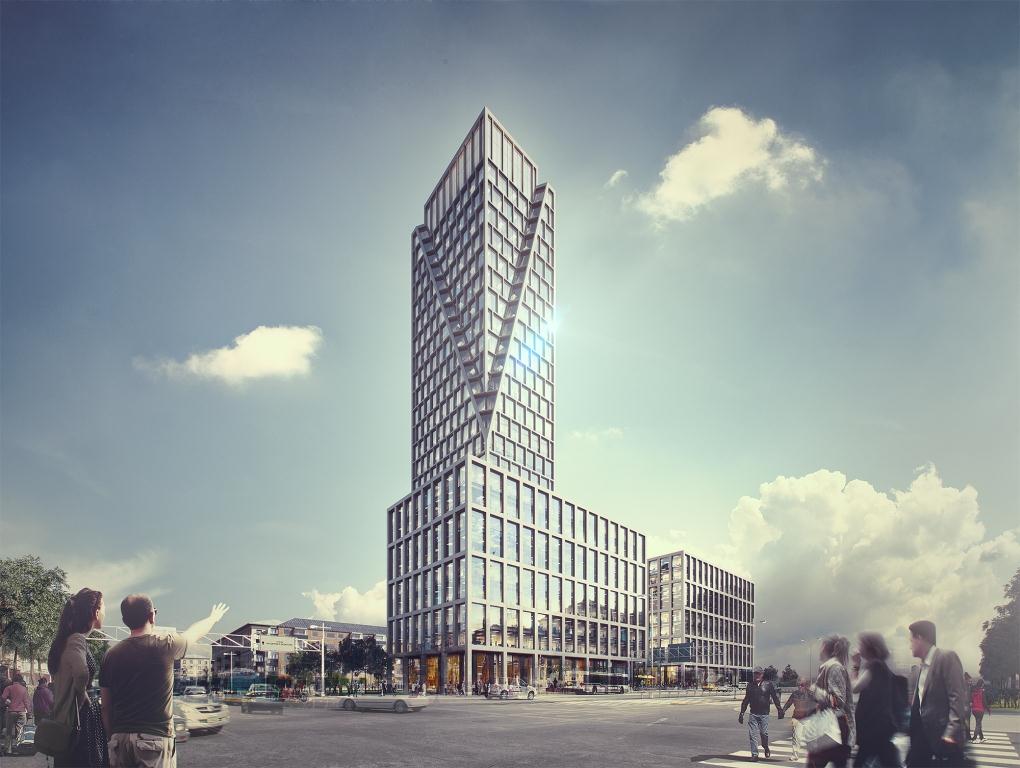
Concept of residential structures in Krasnoyarsk
Maria Broman: Like in Russia, we have a great deal of forest, and we use it...
Archcouncil: And you build both residential and public buildings with wood?
Maria Broman: In principle, yes, kindergartens and schools too, because it is a very comfortable material, makes everything cozy at once. Office buildings as well, but mostly residential projects.
In some communes in Sweden, there are areas where local authorities only allow to build from wood
Konstantin Sokolov: A wooden structure in terms of construction is somewhat simpler, the material is lighter. This concept of building from wood gave us a very powerful impetus to develop new technology and design logic.
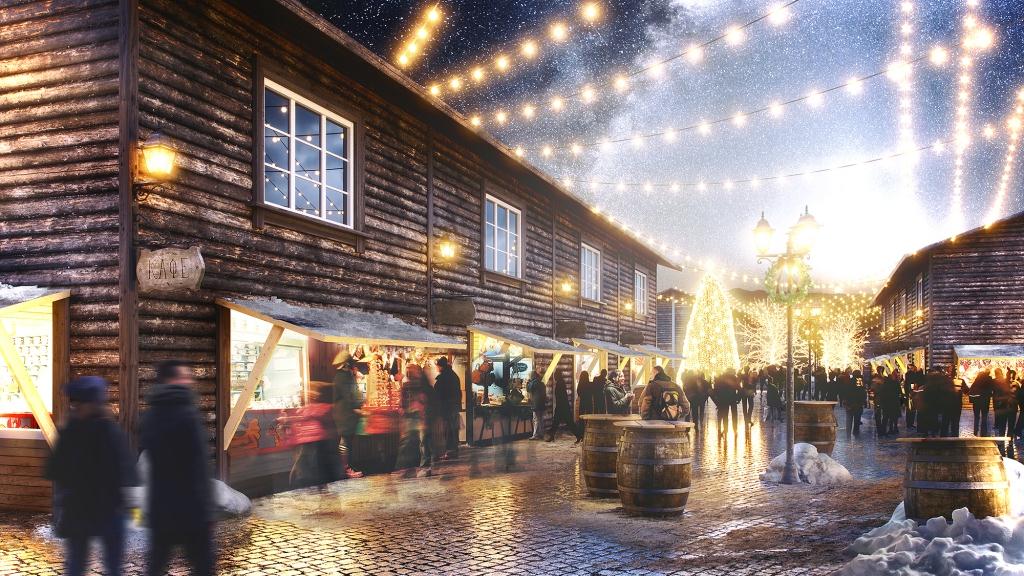
Concept of residential structures in Krasnoyarsk
Archcouncil: In the end, let’s talk about residential projects. In the Moscow suburbs you built a «Scandinavian» UP block, and in St. Petersburg you were engaged in renovation of khrushchevkas...
Andrey Petrov: Yes, the project in Kolpino is a renovation of the suberbs of St. Petersburg; the town was founded around the Izhorskiye plants 150 years ago, and now the area looks a little depressing. In place of the khrushchevkas, we designed a 100 thousand square meter neighborhood. Swedes do not like monotony: multi-section buildings by definition are very bad, besides, we needed to somehow marry the free layouts with the panel construction scheme. What we did was to make each block section a separate building, and as a whole it looks like an architectural ensemble. Swedes often use this method when there is a certain set of components, and they are combined, giving a large number of combinations of several types of facade materials, basements, cornices, 3-4 colors of facades, 5 sizes of windows, etc. In general, we managed to achieve a wide variety of planning solutions, and this was an absolutely new product for St. Petersburg in the economy class segment of. Now we are engaged in a large redevelopment project in Krasnoyarsk: 66 hectares on the right bank of the Yenisei.
- Tags:
- residential |
- retail |
- interview



